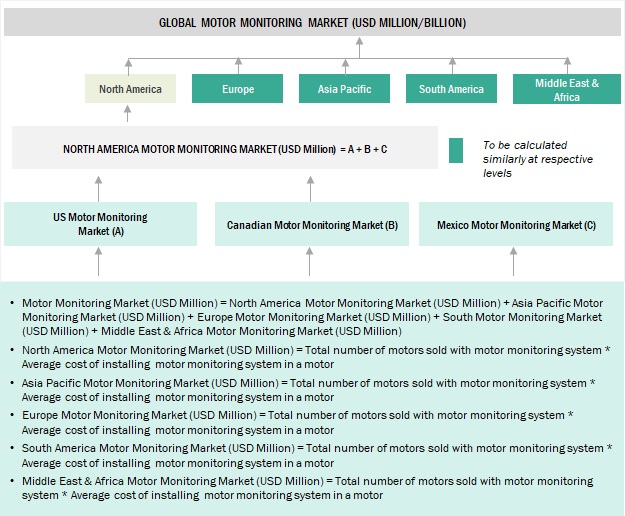The motor monitoring market is an important industrial area that has grown significantly in recent years. Motor monitoring technology is used to keep track on the state of motors and detect any flaws or possible problems. This technology is employed in a variety of industries, such as manufacturing, energy, and transportation.
The global motor monitoring market is expected to reach USD 2.9 billion by 2026, growing at a CAGR of 7.8% from 2021 to 2026. The growth in this market is driven by factors such as the increasing demand for predictive maintenance solutions, the need for energy-efficient systems, and the rising adoption of IoT-based solutions.
Download PDF Brochure: https://www.marketsandmarkets.com/pdfdownloadNew.asp?id=142439618
The usage of wireless technology is one of the important developments in the motor monitoring market. Wireless monitoring systems provide various advantages over typical cable monitoring systems, including increased flexibility, ease of installation, and cheaper costs. These devices can also be employed in remote regions, making them excellent for energy and transportation applications.

Another significant trend in the motor monitoring industry is the application of artificial intelligence and machine learning. These technologies are used to analyse massive volumes of data from motor monitoring systems, allowing for more precise predictive maintenance and issue diagnosis. This can aid in reducing downtime and increasing overall system efficiency.
Because of the presence of numerous significant competitors in the region and the increasing acceptance of IoT-based solutions, North America is likely to be the largest market for motor monitoring systems. Due to fast industrialization and rising demand for energy-efficient solutions in countries like as China and India, the Asia-Pacific region is expected to witness substantial growth in this market.
Ask Sample Pages: https://www.marketsandmarkets.com/requestsampleNew.asp?id=142439618
A few major players that have a wide regional presence dominate the well intervention market. The leading players in the well intervention market include General Electric (US), Siemens (Germany), ABB (Switzerland), Honeywell (US), and Schneider Electric (France). The major strategies adopted by these players include new product launches, sales contracts, agreements, expansions, partnerships, and collaborations.
Siemens is a German conglomerate that focuses on offering electrification, automation, and digitalization solutions. The company conducts its operations through 6 business segments, namely, Digital Industries, Siemens Healthineers, Smart Infrastructure, Mobility, Portfolio Companies, and Siemens Financial Services.
ABB is one of the leading companies offering power and automation solutions. The company provides a broad range of products, systems, solutions, and services to various industries, such as aluminum, automotive, cement, chemicals, data center, food & beverages, process automation, life sciences, marine, metals, mining, oil & gas, ports, power generation, pulp & paper, railway, smart cities, solar power, water treatment, and wind power.

